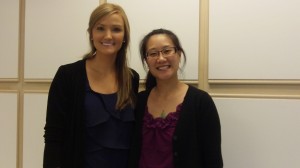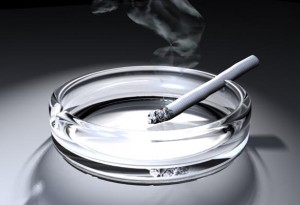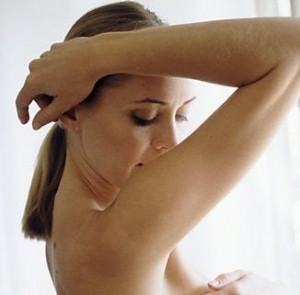 Goodbyes are often bittersweet. While we are sad to see Christina Hobgood Naugle PA-C leave our team, we are proud to welcome a new team member, Kim Kay PA-C! Please take a moment to read the special message from Christina below.
Goodbyes are often bittersweet. While we are sad to see Christina Hobgood Naugle PA-C leave our team, we are proud to welcome a new team member, Kim Kay PA-C! Please take a moment to read the special message from Christina below.
“I am very happy to introduce to you all, Kim Kay PA-C. Kim will be taking my place at The Center for Natural Breast Reconstruction starting in March. My husband and I have a good opportunity in South Florida, so I will be returning to my home town. Kim was a student with Drs Craigie and Kline a couple years ago, so she is a familiar face to The Center for Natural Breast Reconstruction team. I am very sorry that I am unable to hug each one of you prior to my move, but I could not leave without telling you all “Thank you”. Thank you for the friendships, and thank you for the life lessons that each of you have provided in the past 3 ½ years. This experience has been invaluable and the strength I have seen inspiring. I will keep you all in my thoughts and prayers, and check in with Drs. Craigie and Kline occasionally.
I am leaving confident that Kim will be an excellent addition to The Center for Natural Breast Reconstruction family!
All my best!”
Christina Hobgood Naugle PA-C
Christina, we wish you the best of luck in South Florida!













